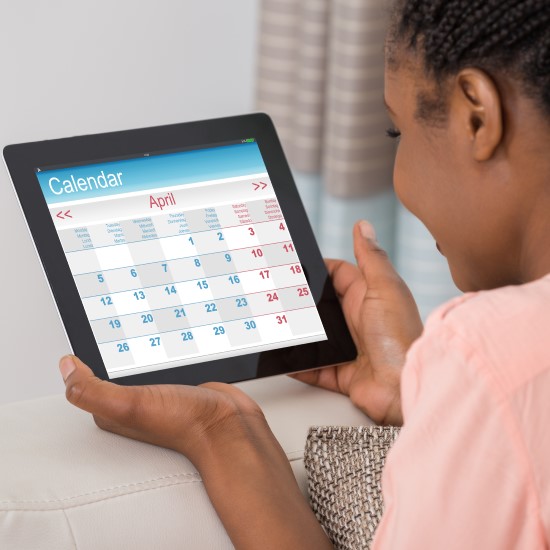What is a “tax year” and does it affect you?
A tax year is simply the 12-month period that HMRC looks at to work out how much tax you should pay. In the UK, the tax year always runs from 6 April to 5 April the following year.
At the start of the tax year, all your tax allowances restart. That includes how much you can earn before being taxed and how much money you can put into an ISA or tax-exempt savings plan.
Who does the tax year affect?
The tax year affects everyone who pays tax, but most people won’t need to do anything different when a tax year ends and a new tax year starts.
If you’re employed, you’ll simply continue to pay tax as usual. In the UK, you don’t need to work out how much tax you’re due to pay unless you’re self-employed or have additional, taxable income.
There are two main groups of people who might need to be aware that the tax year is changing:
If you’re self-employed, you’ll need to fill out your own tax return which tells HMRC how much your income was this tax year and therefore how much tax you should pay.
Some savings and investment products have a limit to how much you can pay in, and this limit resets at the start of the new tax year (6 April). This is known as an “allowance limit”.
The limit exists because you don’t pay any tax no matter how much money these products make you, whether that’s through interest or through investing. The government allows you to save up to the allowance limit without charging any tax so that every-day savers can put money away for their future.
How can savers be tax-year savvy?
If you want to make the most of tax-free saving and investing, it makes sense to be aware of when the tax year restarts so you can save or invest as much money tax-free as you can each year.
The overall ISA limit per a tax year is £20,000 (including any lifetime ISA contributions). But if you’ve reached your ISA limit for the year, you could look at opening another tax-exempt savings plan, such as our Family Bond or Junior Bond. You can open one in addition to your ISA and effectively increase your tax-free allowance.
The end of the tax year is particularly important if you have a lifetime ISA as the more you pay in, the bigger your government bonus. If you manage to reach the £4,000 allowance limit by the end of the tax year, you’ll get the maximum available government bonus, which is £1,000. You can’t carry any unused limit into the next year so any government bonus you miss out on will be permanently lost.
For many people, it’s just not possible to save right up to the allowance limit. But it’s important for everyone who invests in ISAs to be aware of it and to understand how the tax year affects how much you can save. If you do come into a lump sum – perhaps through inheritance or a work bonus – this information can help you work out when, and where, to invest it.

Tax-exempt investing at OneFamily
OneFamily tax year deadline
If you’re a OneFamily customer, any online debit card payments or direct debits need to be cleared by 8pm on 5 April to count towards the current tax year.
Any payments that clear later than this will come out of the following year’s allowance limit.
